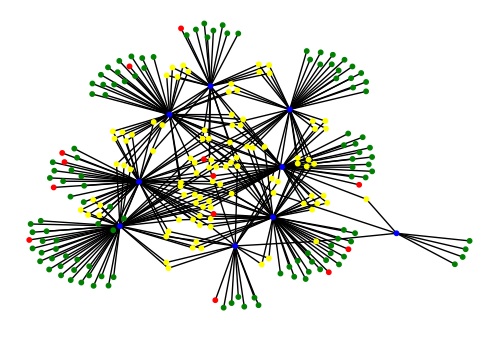Childcare Industry Network Model to Evaluate Funding System Design

Abstract
Childcare industries in each state receive substantial government subsidies for services. Subsidy funds, paid to states by the federal government, are typically distributed by those states in the form of financial assistance (or vouchers) to families in need of services. Childcare providers then receive reimbursement from state governments for services provided. Many states elect to reimburse providers at a rate determined by the age of the child receiving services as the costs of care for younger children are typically substantially greater. The result is significant variability in profit margins associated with different age groups which influence providers service provision choices. In addition, a variety of factors, such as cost, proximity, capacity, program quality, and program culture, influence consumer selection of providers. This work explores the influence of funding design on development of childcare service networks.